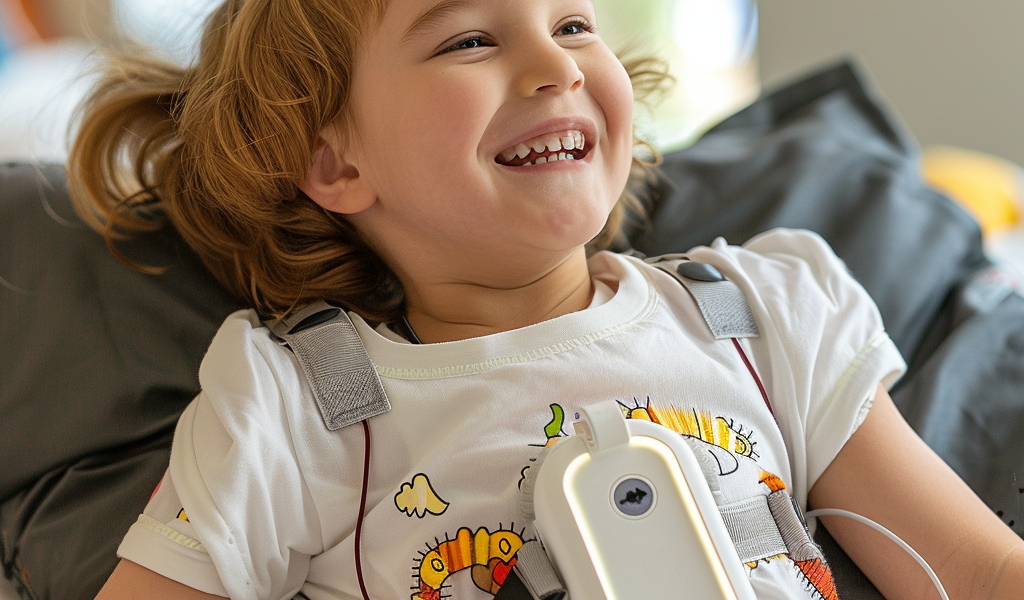An exciting development in the field of pediatric cardiology could revolutionize the way children with heart failure await transplants. Traditionally, these young patients have been confined to long hospital stays, connected to bulky blood-pumping devices. However, a new implantable heart pump offers a promising solution that could allow children to wait for transplants in the comfort of their own homes.
Regulators in both the US and Europe have given the green light to the Berlin Heart, a device designed for long-term use in younger children awaiting heart transplants. While this device has been a lifesaver, it comes with limitations such as hindering children’s movement due to its two large tubes and requiring them to remain in the hospital for close monitoring.
Researchers at Stanford University, led by Christopher Almond, explored the potential of a newer device called the Jarvik 2015 in a small group of children with heart failure. This innovative pump can be implanted into the heart and is connected to an external battery pack worn around the waist. By pumping blood from the heart’s left ventricle into the main vessel that circulates blood throughout the body, the Jarvik 2015 offers a more streamlined and mobile solution.
During the study, the researchers implanted the pump during open-heart surgery and closely monitored the children in the hospital. The results were promising, with children using the device for an average of 115 days. All seven participants survived, with five receiving heart transplants. One child spontaneously recovered, while another transitioned to a different device to support right ventricle function after a separate heart issue arose. Although one child experienced a severe stroke, a known risk of such cardiac assistive devices, most children did not report any pain and were able to engage in various activities.
Dr. Almond emphasized the potential benefits of the Jarvik 2015, stating that with fewer external components and no need to be tethered to a large pump, children using this device could enjoy greater freedom of movement. Larger trials are needed to further explore the device’s ability to allow children to wait for transplants at home, a significant improvement considering the current wait times ranging from three to 12 months in the US and up to two years in Europe.
While the Berlin Heart has been a reliable option for bridging patients to transplant, experts like Elizabeth Blume at Boston Children’s Hospital are hopeful that newer devices like the Jarvik 2015 could offer children a more comfortable and flexible waiting period. The potential for children to lead more normal lives while awaiting life-saving transplants is a promising step forward in pediatric cardiology.





